I'm not sure when it all began, this obsession with Frida Kahlo. Maybe the early '90s? Back then, the only artists I really paid attention to came out of the Black Migration tradition, though even that wasn’t entirely true. I loved Romare Bearden. I hadn’t studied Jacob Lawrence, come to know Faith Ringgold, and not yet met the Quilters of Gee’s Bend, Alabama—all artists I came to admire later.
Frida’s story, though, was different. The accident. Marrying wild, undomesticated Diego. Over the years, Frida became a tragic figure, certainly, but more a kind of anti-Marilyn Monroe in the world’s imagination. She came to me as a gift — from my long-gone friend Kimberly, who still shows up in the most unexpected ways.
Over the last several years, though, that awareness has grown in me. I’m not quite a fanboy. I haven’t watched the movies or documentaries or memorized the timeline of her pain. But I’ve dipped into her world just enough for friends to message me: “Hey Brian, what’s up with you and Frida?” I usually say nothing and keep moving. But this past week, I felt something shift.
I stood at the front entrance of Casa Azul, her home in Coyoacán, the place she shared with Diego. We couldn’t get in. The museum tickets were sold out weeks before I even booked my flight. I was with a group of fellow pilgrims, all of us taking a bit of a break from our sojourn to Teotihuacán, and we were shut out from seeing her home. But maybe that was the point.
I did get inside, just a little into the front and side courtyards. It was a subterfuge to go shopping, but I wanted to see Fida y Diego’s home and place of work for myself. Even my usual intrepid skills of subterfuge failed me. I was ushered to and from the front entrance to the tiniest of tiny sales kiosks with all sorts of boho Fridiana trinkets that might fit on one of those indoor sales racks at your local indoor mall, where things like cell phone covers or faux gold chains might be hawked. I was sorely disappointed, to say the least.
But then something happened—next door.
The other members of our group found something even better. The shop right beside Casa Azul — Ojo Amulets — isn’t in the guidebooks. You won’t see it on a museum tour. But it looks over Frida’s walls like a quiet, steady witness. Inside, two young folks dressed to the nines greeted us—easily among the kindest souls we met that day during our trip to Mexico City, fitting right into the thriving and humming Coyoacán, which is saying something. Earlier in the day, we spent time at the Basilica, wandered gardens, and bought gifts for loved ones, but at Ojo Amulets, I felt something different.
This was not a shrine. It was not a stage. It was a place alive with art, laughter, reverence. The handmade work—clay, glass, thread, puppets, wraps, copper—felt rooted in a cultural pride that goes deeper than iconography. I could imagine Frida walking in and laughing in delight, seeing how her legacy has blossomed in the hands of artisans and shop owners who live steps away from where she once painted.
I bought a few things — for someone who has a special day coming up — an end and a beginning. And I paired them with a couple of Frida-inspired items from the tiny kiosk, which I could see in the courtyard below the store’s window. One of my buddy’s and traveling companion, who first told me about the trip to Teotihucán, admired the puppets strung high above, guardians of the space. Maybe he could do something similar to stand sentinel over the young girls when his new school opens up in Lawrence, Massachusetts. And I couldn’t help but think how Mexico, so often overlooked, is quietly dazzling and instructive behind modest exteriors. That shop next door had more soul than any museum rope and stanchions could contain.
In Teo, we stayed at a place called the Dreaming House, created by a man named Alberto, who dreamed it into being. It rivaled anything we saw in design, scale, spirit—even Casa Azul.
What I learned—or maybe remembered—is that Frida’s true power isn’t confined to canvases or legend. It’s in how she still animates the people next door and much farther away. The ones selling their crafts. Living their art. Being bold in color, in story, in pride.
Frida would have laughed at the fuss we made trying to get into her house while the spirit of her work was humming and breathing right beside it.
Inspiration doesn’t live in monuments. It lives in the inspired.
Sojourns, the real ones, take you where you didn’t mean to go. Over fences. Beyond the hedge. Past the illusion of legacy, into the hands of those still creating—still dreaming—in the spaces just next door.
May it always be so.
Curated Listening:
Frida Kahlo’s fame has steadily increased after her death, easily eclipsing her famous artist husband’s renown. What would Frida y Diego have listened to and loved in their lifetimes? Chevala Vargas would have been on their record player. Vargas’s most famous song is “La Llorona.” Listen to “La Llorona” HERE.
More outtakes to Frida Kahlo and Casa Azul:
On the way to Casa Azul and inside of Oyo Amulets:

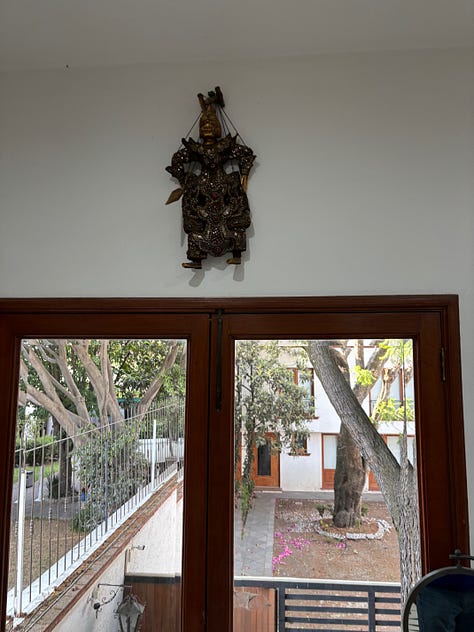
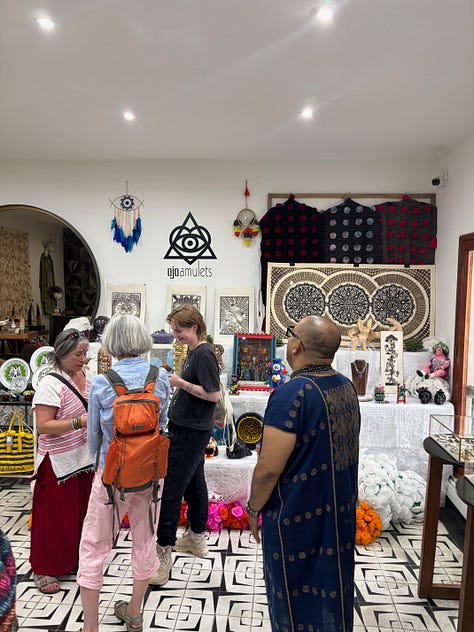
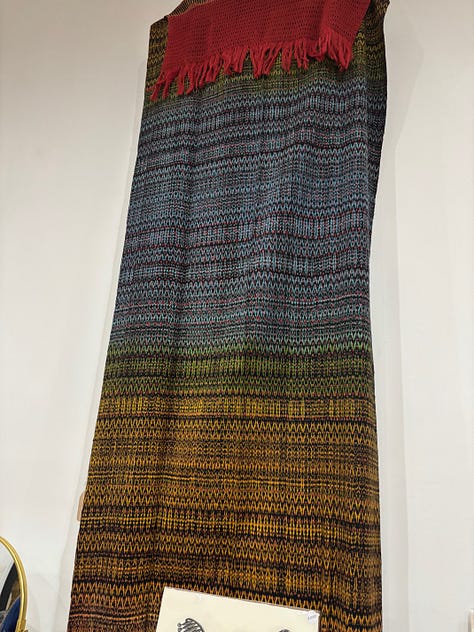
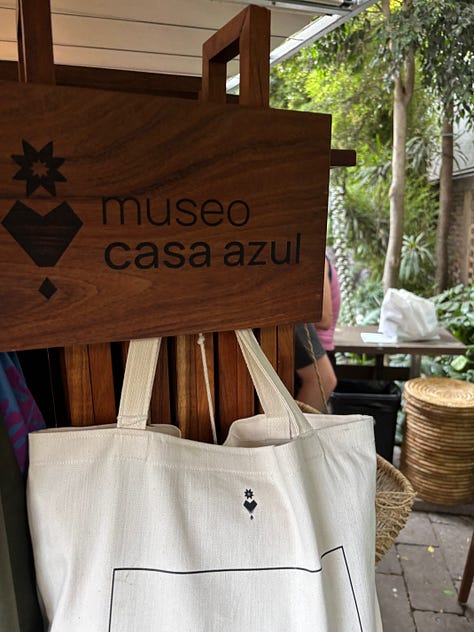


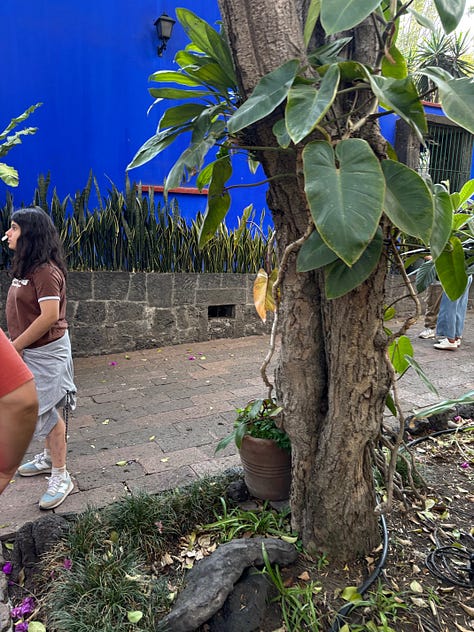
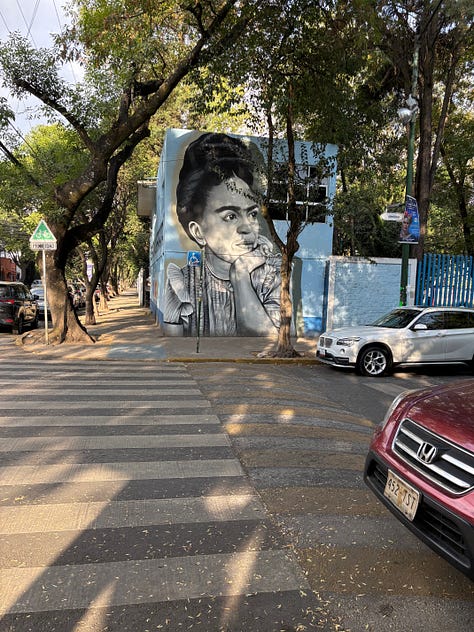





i am positively envious of your travels! I always learn something from your posts, Brian. Thank you also for the music. I just went down a rabbit hole of learning about Frida, many things I didn’t know.
I love this Brian. I’d enjoy going here someday I’m sure.